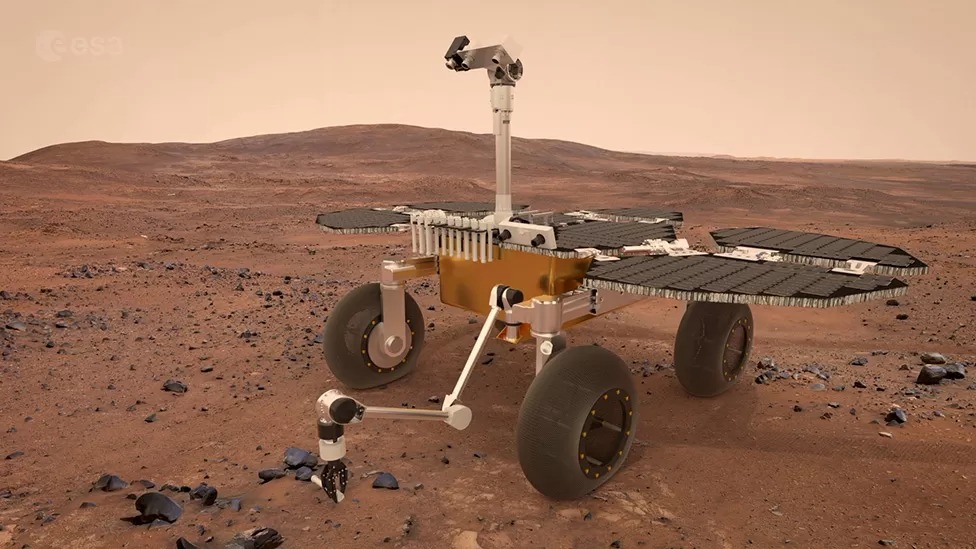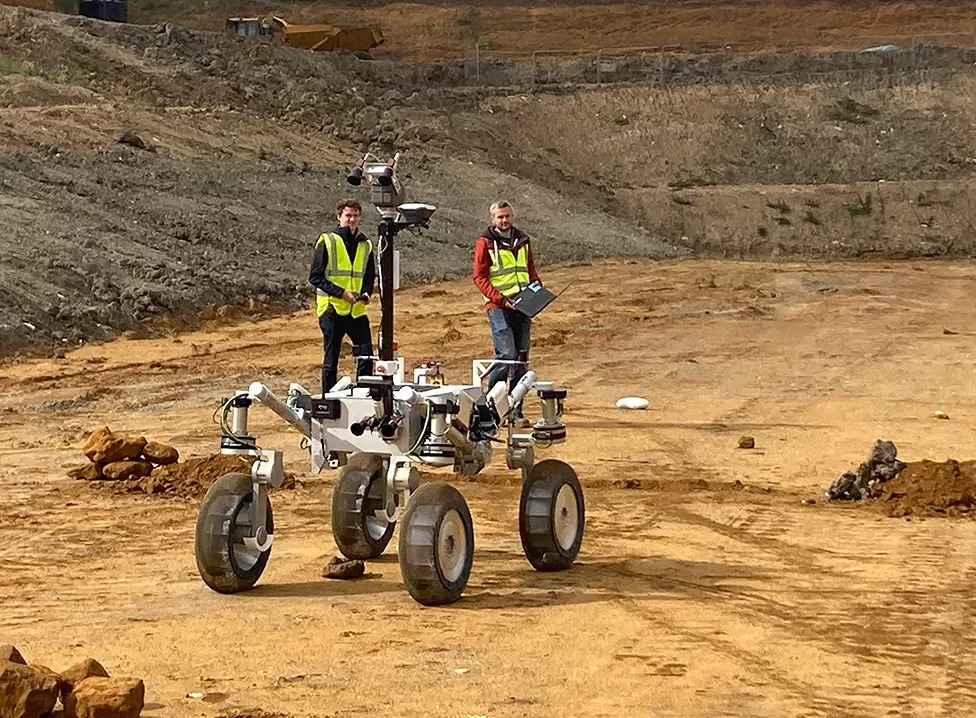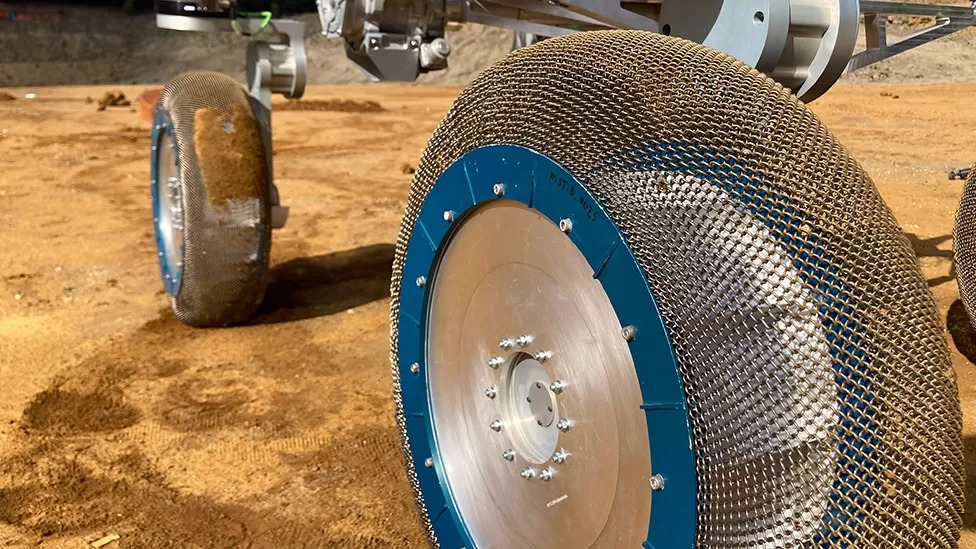Imagine that you are working in a team of engineers who are assigned an important task to design and build a rover, and then these plans suddenly fail. This is exactly what happened to the Airbus team. NASA’s Airbus engineers have been tasked with creating a rover for a new mission to Mars to extract rock collected by NASA’s Perseverance rover. It would have to be part of a complex process to deliver valuable samples to Earth.

Four years after NASA signed a contract to build a four-wheeled Sample Fetch Rover, the agency announced that it was no longer needed. The British project thwarted the unexpected success of the Ingenuity helicopter, which arrived on the Red Planet in 2021 together with Perseverance. Flights in the atmosphere of Mars inspired the space agency to design a similar aircraft to perform the same task of collecting samples.

This outstanding decision put Airbus in a rather unpleasant position: the team already had an almost ready-made rover, which turned out to be useless to anyone. Determined not to abandon the project, the team tested their rover in a quarry near London in September, considering ideas on how to offer this rover for another mission. Airbus plans to use the Sample Fetch Rover as part of the Artemis mission to the moon. It can be useful in the construction of a lunar base to maintain a permanent human presence on the surface of our natural moon.

One idea is to change the design of the rover to make it suitable for specific tasks on the moon, such as transporting materials for construction or instruments for research. But given that the environment on Mars is very different from the environment on the Moon, engineers will have to make a number of modifications.
Work on the prototype is still continuing with the remaining funds from the original NASA contract for the exploration of Mars. Airbus is awaiting a new contract from NASA for the Artemis mission, or from ESA for the creation of its rover worth more than 200 million euros.
Earlier, we reported on how NASA began accepting applications for a second lander for the Artemis program.
According to BBC
Follow us on Twitter to get the most interesting space news in time
https://twitter.com/ust_magazine

